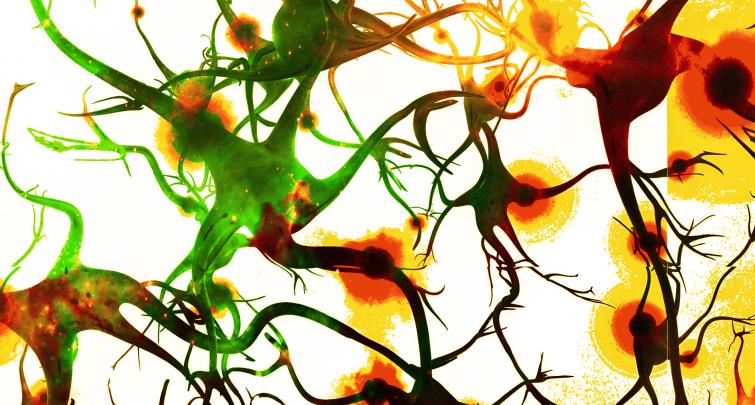
November 13, 2020
Bulletin interne de l'Institut Pasteur


Alzheimer: how endogenously formed Tau aggregates fail to be degraded
Alzheimer's disease is a progressive neurodegenerative disorder that mainly affects memory, but also other cognitive functions linked to knowledge and involving language, logical thought and learning capacity. This disease generally leads to loss of independence for sufferers. It is one of the leading causes of disability and dependency in elderly people. There is currently no cure for the disease, and there are still many unanswered questions about the mechanisms of this disease.
In Alzheimer's disease, the tau protein, which stabilizes neuron structure, is altered. This causes a loss of neuronal architecture, neurofibrillary degeneration and the death of nerve cells (read the Institut Pasteur Alzheimer’s disease fact sheet). The misfolded tau proteins aggregate and form neurofibrillary tangles, which accumulate progressively inside the neurons. Neurofibrillary tangles can seed abnormal conformations on normal tau proteins, in a prion-like manner, initiating a self-amplifying cascade, and can spread from their initial production site to other areas in the brain. This is how the disease pathology eventually spreads to all parts of the brain. However, the underlying mechanism is still unclear, as the fate and behaviour of endogenously formed aggregates has not been assessed.